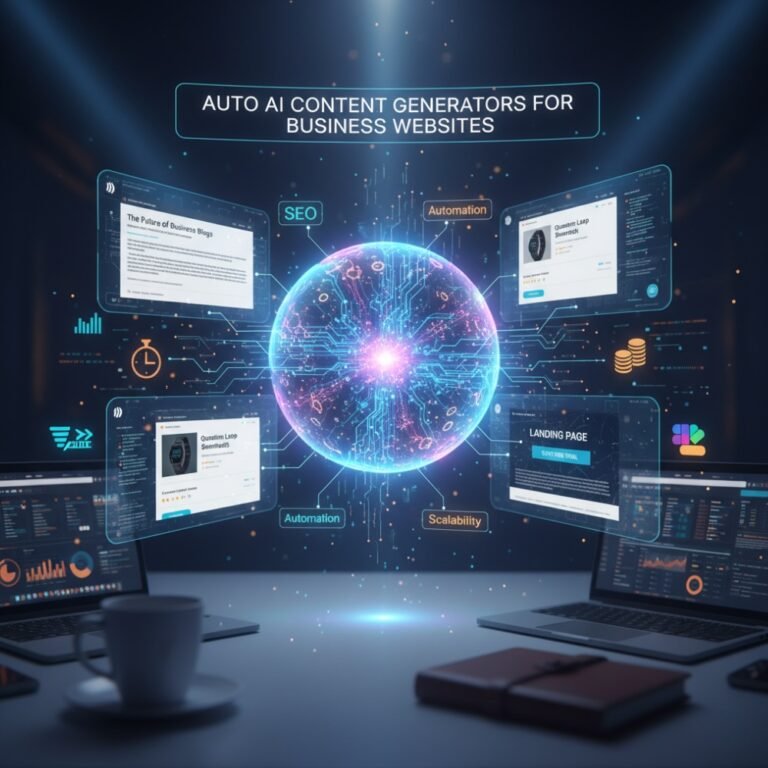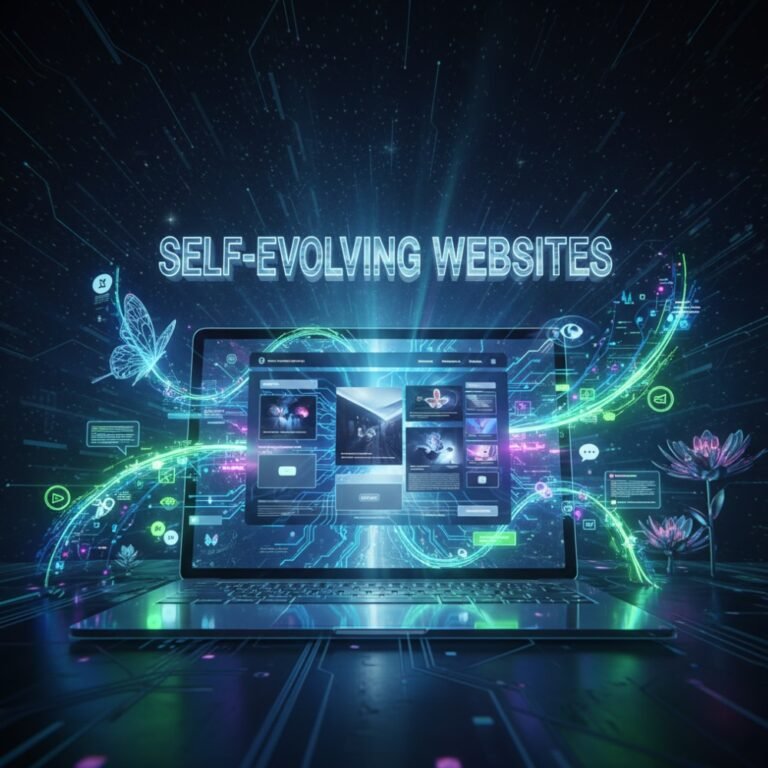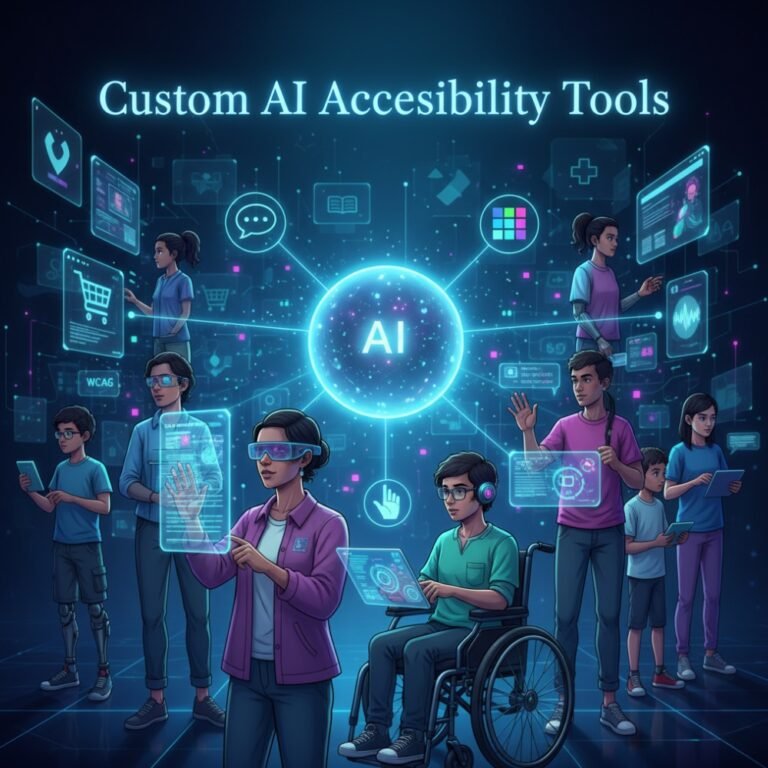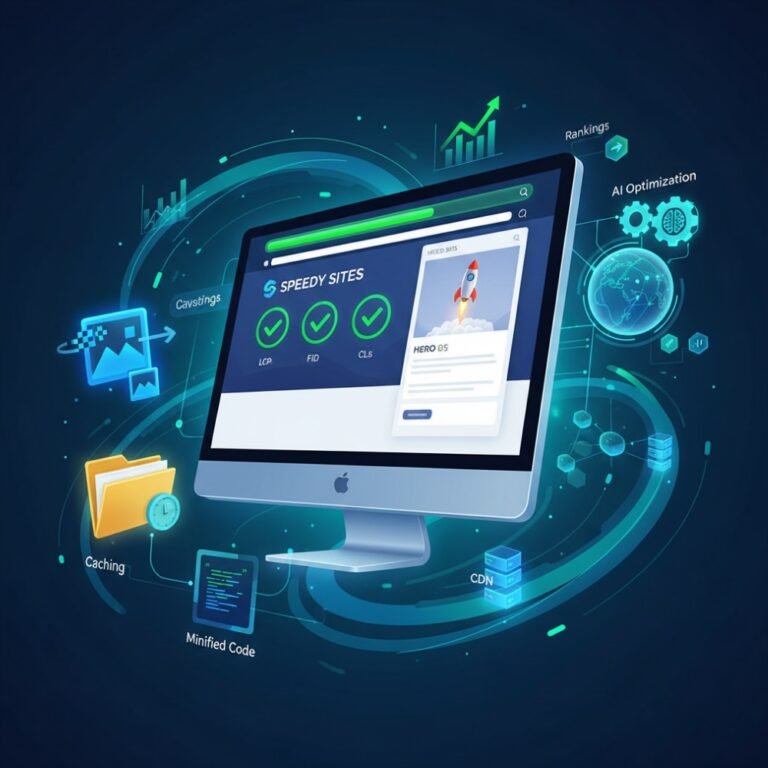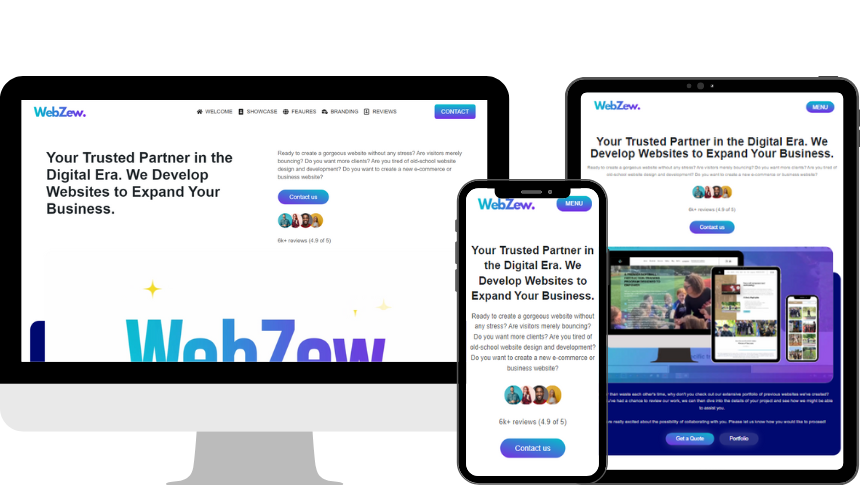Imagine a world where your smart device makes split-second decisions without waiting for a distant server to respond. That’s the promise of edge development tools, and it’s reshaping how we think about data processing. In an era dominated by IoT devices, AI, and real-time applications, relying solely on cloud systems feels increasingly outdated. But why? Let’s dive in.
As we navigate 2025, the shift from cloud-only setups to edge-centric approaches is accelerating. Edge development tools process data closer to its source, slashing delays and boosting efficiency. This isn’t just tech jargon—it’s a game-changer for businesses aiming to stay competitive. Whether you’re a developer, a business leader, or just curious about the future, understanding this transition could unlock new opportunities.
In this article, we’ll explore what edge development tools are, why cloud-only systems are falling short, and how industries are already benefiting. We’ll also look at the challenges, future predictions, and the best tools available today. Buckle up—it’s time to see why edge might just edge out the cloud.
What Are Edge Development Tools?
Edge development tools are the unsung heroes of modern computing. At their core, they enable developers to build, deploy, and manage applications that run on devices at the “edge” of the network—think sensors, smartphones, or local servers—rather than far-off cloud data centres.
These tools come packed with features like real-time data processing, lightweight frameworks for constrained environments, and seamless integration with AI models. They’re designed to handle everything from data filtering to complex computations without constant cloud reliance.
There are several types to consider:
- Hardware SDKs: These focus on chip-level development, like NVIDIA’s Jetson SDK for AI-powered edge devices.
- Software Frameworks: Platforms such as Azure IoT Edge or AWS Greengrass allow containerised apps to run locally while syncing with the cloud when needed.
- Orchestration Tools: Think Kubernetes for the edge, like K3s or OpenShift, which manage deployments across distributed nodes.
Examples abound: Azure IoT Edge lets you deploy modules to devices for offline operation, while AWS Greengrass extends cloud capabilities to local hardware. NVIDIA Jetson SDK powers robotics and vision apps, and Edge Impulse simplifies AI model training for embedded systems.
In essence, these tools empower developers to create resilient, responsive systems that don’t crumble under poor connectivity.
Why Cloud-Only Systems Are No Longer Sufficient
Remember when cloud computing was hailed as the ultimate solution? It promised infinite scalability and easy access. But as data explodes—thanks to billions of IoT devices—cloud-only systems are showing their cracks.
The debate between cloud and edge boils down to location and speed. Cloud relies on centralised servers, great for heavy lifting but sluggish for time-sensitive tasks. Edge, on the other hand, pushes power to the periphery, enabling instant actions.
This shift isn’t hype; it’s necessity. With 5G rolling out and AI demanding more, businesses can’t afford the bottlenecks of pure cloud setups.
Brief Overview of the Cloud vs. Edge Debate
Cloud computing centralises everything in massive data centres, offering vast storage and compute power. It’s like a giant library where you borrow books remotely.
Edge flips the script by processing data near its origin. Need to analyse video from a security camera? Do it on-site instead of streaming gigabytes to the cloud.
The debate? Cloud excels in analytics and long-term storage, but edge wins on speed and privacy. Increasingly, it’s not versus—it’s and. Yet, for many scenarios, edge is poised to dominate.
Limitations of Cloud-Only Systems
Cloud-only systems have served us well, but they’re not perfect. Let’s break down the key issues.
Latency and Speed Issues
In a cloud-only world, data travels miles to servers and back. That round trip? It causes latency—delays that can be fatal in applications like autonomous driving or remote surgery.
Imagine a self-driving car waiting for cloud approval to brake. Not ideal. Studies show latency in cloud systems can hit hundreds of milliseconds, while edge keeps it under 10.
Bandwidth Consumption and Cost
Streaming raw data to the cloud gobbles bandwidth. For a factory with thousands of sensors, that’s pricey.
Costs add up: data transfer fees, storage, and overprovisioning for peaks. Edge filters data locally, sending only essentials, slashing bills by up to 50% in some cases.
Data Security and Compliance Challenges
Centralised clouds are juicy targets for hackers. A breach exposes everything.
Compliance is tricky too—regulations like GDPR demand data sovereignty. Cloud-only setups often struggle with localised control, increasing risks.
Dependence on Centralised Infrastructure
What if the internet goes down? Cloud-only grinds to a halt. No connectivity means no access.
This dependence creates single points of failure. Outages, like those from major providers, can cripple operations worldwide.
How Edge Tools Differ from Cloud-Only Systems
Edge tools process data at the source, unlike cloud’s centralised model. This means decisions happen where data is generated—on a device or local gateway.
Real-time decision-making is a hallmark. An edge-enabled drone can adjust flight paths instantly, without cloud lag.
Offline advantages shine in remote areas. Edge tools keep systems running even with spotty connections, syncing later.
Industries Driving Edge Development
Edge isn’t niche—it’s infiltrating everywhere. Here’s where it’s making waves.
Healthcare (Remote Patient Monitoring)
In healthcare, edge tools enable wearables to monitor vitals in real-time, alerting doctors without cloud delays. Think pacemakers analysing heart data on-device.
Manufacturing (Industry 4.0, Predictive Maintenance)
Factories use edge for predictive maintenance. Sensors on machines detect faults locally, preventing downtime. GE’s aviation division saves millions this way.
Smart Cities (IoT, Traffic, Surveillance)
Smart cities leverage edge for traffic management. Cameras process footage on-site to optimise lights, reducing congestion.
Retail (Customer Experience, AR/VR)
Retailers use edge for personalised experiences. AR mirrors in stores run locally, offering virtual try-ons without lag.
Autonomous Vehicles & Robotics
Self-driving cars rely on edge for split-second decisions. Processing sensor data onboard ensures safety.
Advantages of Edge Development Tools Over Cloud-Only Systems
Why choose edge? The perks are compelling.
- Reduced Latency: Edge cuts response times dramatically, essential for real-time apps.
- Better Security with Local Processing: Data stays local, minimising exposure. Edge devices can encrypt and anonymise before sending.
- Lower Costs (Bandwidth & Storage): Filter data at the edge, send less to the cloud. Savings on transfer and storage add up.
- Scalability and Resilience: Add edge nodes easily. Systems stay up during outages, distributing load.
Integration of Edge and Cloud
Edge doesn’t kill the cloud—it enhances it. Hybrid systems combine edge’s speed with cloud’s power.
Cloud remains essential for big data analytics, machine learning training, and global coordination.
Edge complements by handling the front line, feeding refined data back. Think of it as a tag team: edge for immediacy, cloud for depth.
Challenges in Adopting Edge Development Tools
Transitioning isn’t seamless. Here are the hurdles.
- Infrastructure Costs: Setting up edge hardware can be pricey upfront, though long-term savings offset this.
- Talent & Skills Gap: Developers need new skills for distributed systems. Training is key.
- Security at Scale: More devices mean more attack surfaces. Robust protocols are vital.
- Standardisation Issues: Lack of uniform standards complicates integration. Industry efforts are underway.
The Future of Edge vs. Cloud
Edge will gradually replace many cloud-only systems, especially where speed matters. By 2030, edge could handle 75% of enterprise data.
Predictions for 2025–2030: Market growth at 37% CAGR, driven by IoT explosion. AI will thrive at the edge for privacy-preserving inference, while 5G provides the bandwidth for seamless connectivity.
AI and 5G are catalysts: 5G’s low latency pairs perfectly with edge AI for real-time apps like augmented reality.
Case Studies & Real-World Examples
Real success stories highlight the shift.
General Electric uses edge for predictive maintenance in aviation, reducing unplanned downtime by 20%.
In smart cities, Barcelona deploys edge for traffic optimisation, cutting congestion by 15%.
Autonomous vehicles from Waymo process data edge-first, ensuring safe navigation.
Companies like Intel and AWS are leading the charge, integrating edge into IoT deployments for efficiency gains.
Best Edge Development Tools in 2025
Here’s a curated list of top tools, with pros and cons.
- Azure IoT Edge
- Pros: Seamless cloud integration, modular deployment, strong security.
- Cons: Microsoft ecosystem lock-in, steeper learning curve.
- AWS Greengrass
- Pros: Lambda functions at edge, offline support, scalable.
- Cons: Vendor-specific, potential costs for large deployments.
- NVIDIA Jetson SDK
- Pros: AI acceleration, hardware-optimised, great for vision tasks.
- Cons: Hardware-dependent, higher power use.
- Edge Impulse
- Pros: Easy AI model building, supports tiny devices, community-driven.
- Cons: Limited to ML focus, subscription for advanced features.
- FogHorn Lightning
- Pros: Industrial IoT strength, real-time analytics, low latency.
- Cons: Niche focus, less flexible for non-industrial use.
- HPE Edgeline
- Pros: Enterprise-grade, convergent OT/IT, robust management.
- Cons: Expensive, complex setup.
- Google Distributed Cloud Edge
- Pros: Kubernetes-based, AI/ML tools, hybrid friendly.
- Cons: Google-specific services, data sovereignty concerns.
These tools are evolving rapidly, making 2025 a pivotal year for adoption.
FAQs
What is the main difference between edge and cloud computing?
Edge processes data locally for speed, while cloud centralises it for scale. Edge reduces latency; cloud handles big-picture analysis.
Will edge completely replace cloud?
Not entirely—hybrid models will prevail. Edge replaces cloud-only where real-time is crucial.
How does 5G impact edge development?
5G provides high-speed, low-latency connectivity, enabling more devices at the edge.
What industries benefit most from edge tools?
Healthcare, manufacturing, smart cities, retail, and autonomous vehicles lead the way.
Are there security risks with edge?
Yes, but local processing can enhance security. Challenges include managing distributed devices.
In wrapping up, edge development tools aren’t just an alternative—they’re the future. As we push towards smarter, faster systems, embracing edge could be your edge in the market. What’s your take? Ready to make the switch?


